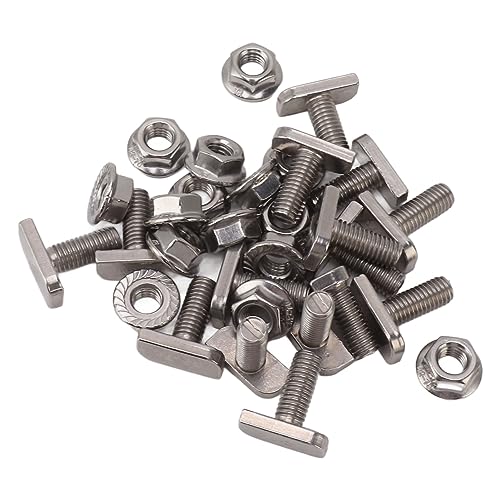@Stoker 58
The requirements from the British Standard for gas installations, and the HSE guidance on gas installations both defer to BS 7671.
Therefore, the “gas” people who are auditing need to either learn the rules or keep their beak out.
The requirement in BS 7671 is to establish and maintain an equipotential zone within the premises by bonding all exposed- & extraneous-conductive-parts together and in turn connecting these bonds to the means of earthing for the electrical installation.
Therefore, ALL bonds MUST be within the premises, I don’t care what anyone in the gas industry suggests, unless they require the bonds within the premises, they are simply wrong.
The next requirement is that ALL extraneous-conductive-parts require bonding.
Thus if a metallic gas pipe enters the premises then it must be bonded, and that needs to be within 600mm of entry before any branches where practicable.
Next, should that pipe then exit the equipotential zone via a wall and re-enter, or go below finished floor level into a substrate which is in itself “earthy”, e.g. a concrete screed, then it MUST be bonded again on re-entry to the equipotential zone, i.e. the interior of the premises.
Again the 600mm rule applies here.
Also, cross bonding is now an obsolete term, we now have main or supplementary equipotential bonding.
The bond to an incoming gas pipe which is also an extraneous-conductive-part is a main equipotential bond.
Any bonding between for example pipework in a bathroom, or at the base of a boiler which used to be known as cross bonding is now known as supplementary equipotential bonding.
Oh, and bonding across the pipework below a modern combi-boiler is no longer required, as the requirement is that the boiler pipework manifold must provide the equivalent bonding function.
It would be down to the plumber or gas fitter to ensure that they do not compromise the electrical integrity of the manifold to pipework connections when making off pipework to the manifold.
These are the facts of the scenario.































































